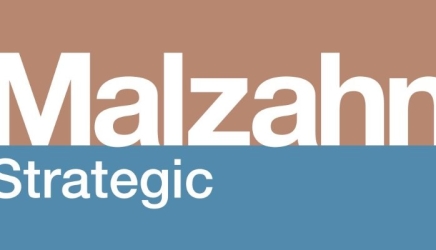
When we think of succession planning, we immediately think of the CEO and/or President of a company. And that is crucial to have in place or at least for the Board of Directors to have documented discussions about their succession plan. However, part of enterprise-wide risk management is to think of the entire company as a whole. Community banks face the challenge that because they are small, they don’t have the luxury of having depth of staff. Therefore, one person ends up wearing several hats—sometimes too many. From one perspective, that is a great opportunity for employees because they get to learn about the various areas of the bank and that makes them more marketable. From the risk perspective, however, this situation presents a challenge for banks if that key employee leaves, gets promoted to another position, or simply goes on vacation for a week!
The topic of succession planning falls under various areas of bank management. Succession planning is part of Talent Management, which entails assessing the talent of the organization to see if there are internal candidates to potentially fill key positions within the bank. Talent Management should be integrated into the bank’s Strategic Plan so the bank can clearly see the type of talent needed in the future. At the same time, succession planning is critical to enterprise risk management because if the bank’s leader is no longer there, the bank must have a plan to implement immediately. I call it “disaster recovery plan” for the CEO. But what about the other crucial positions in the organization such as the operations person who has been with the bank for 30 years? What about the employee who knows how everything is done and holds an immense amount of knowledge in his or her head? Who will do their jobs when they move on—whether that’s unexpectedly or planned?
When we work with bank clients on Talent Management, we first identify all the key positions throughout the organization—regardless of title. Then we implement a backup plan for all the critical positions of the bank, which includes cross training employees and establishing procedures that anyone can follow. Having backup and cross training are two strategies that avoid a crisis not only on unexpected situations but also for the planned vacations, so bank operations can continue to run smoothly while key employees are out. The next step is to writethe Succession Plan for all critical positions and make it part of your Strategic Plan. Regulators usually ask for the CEO and senior management team Succession Plan but it is wise to also have it ready for other vital positions in the organization.

